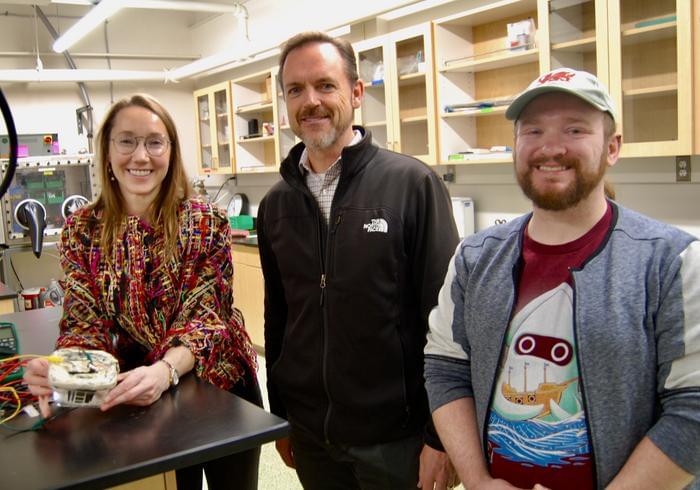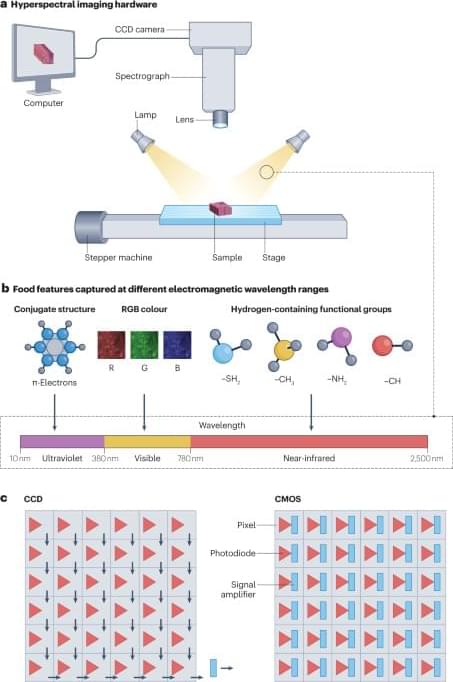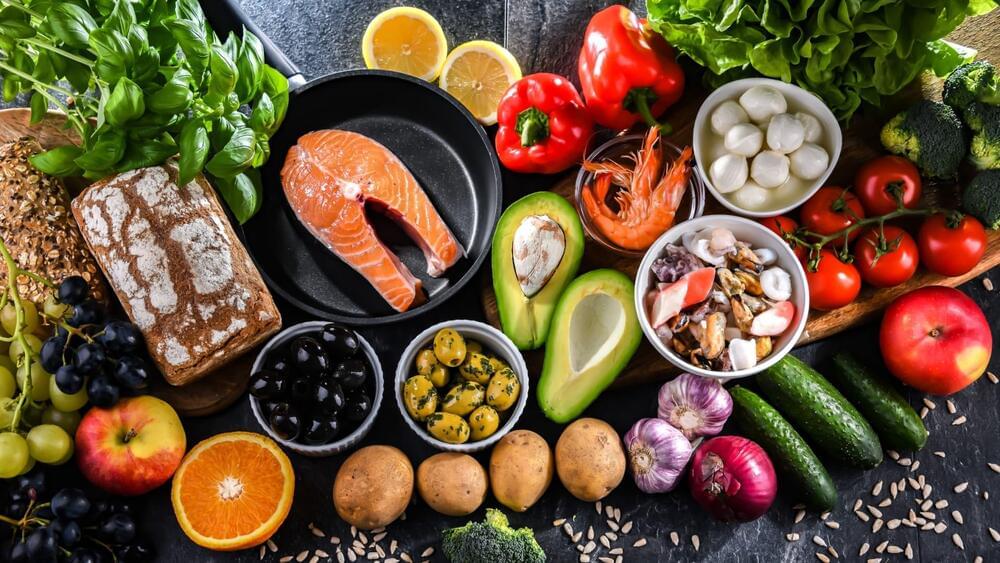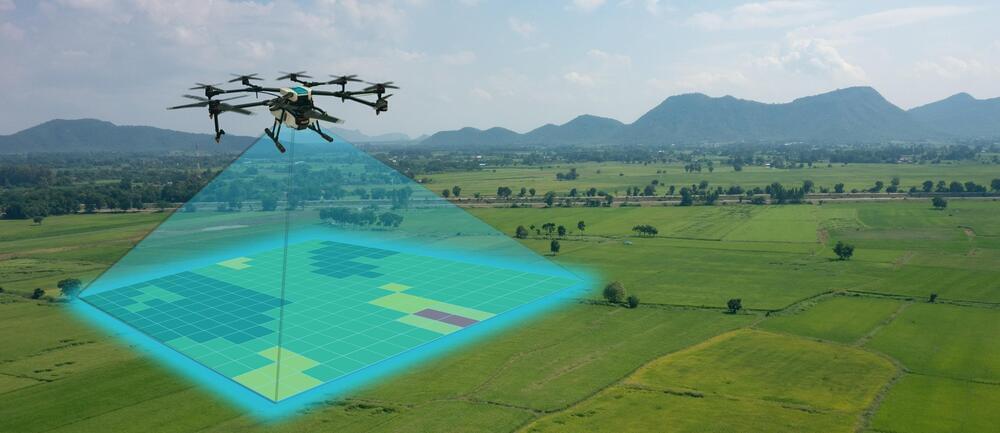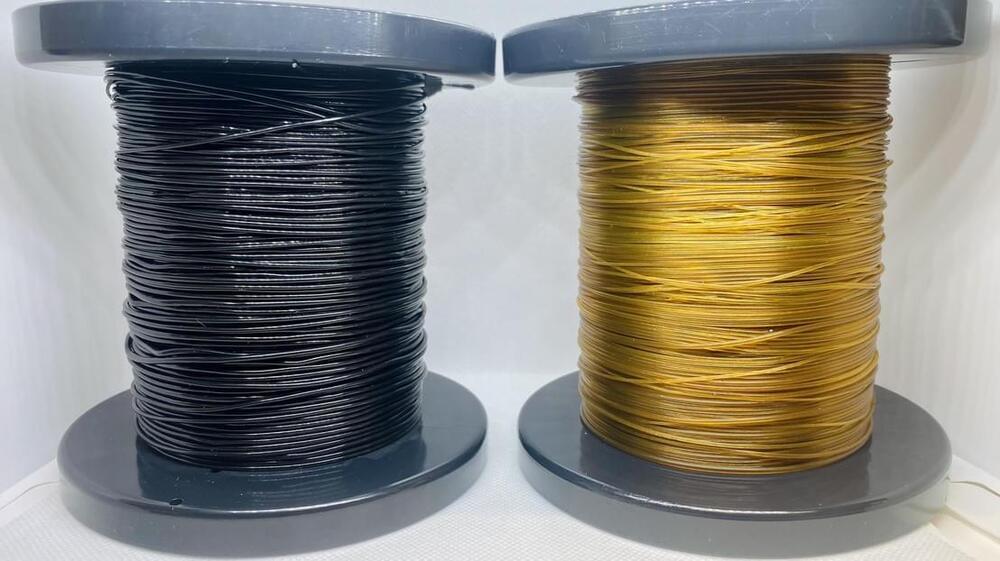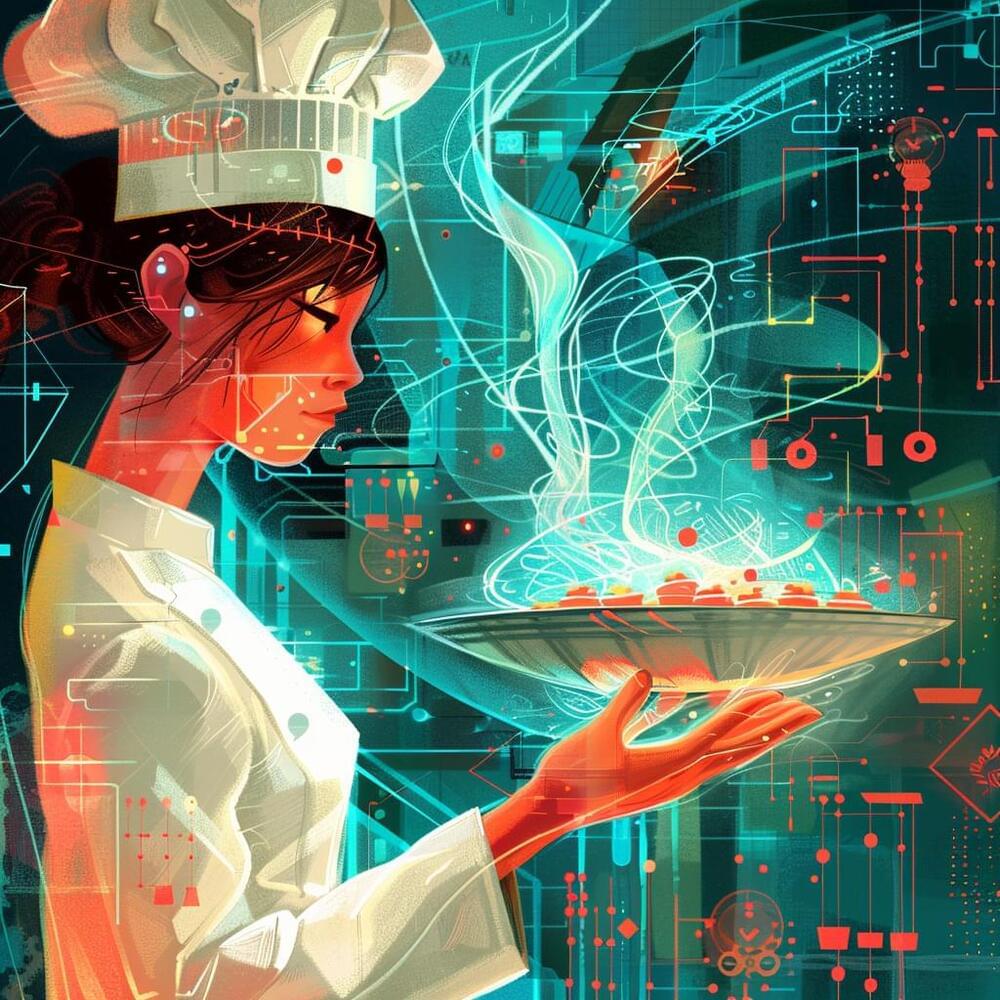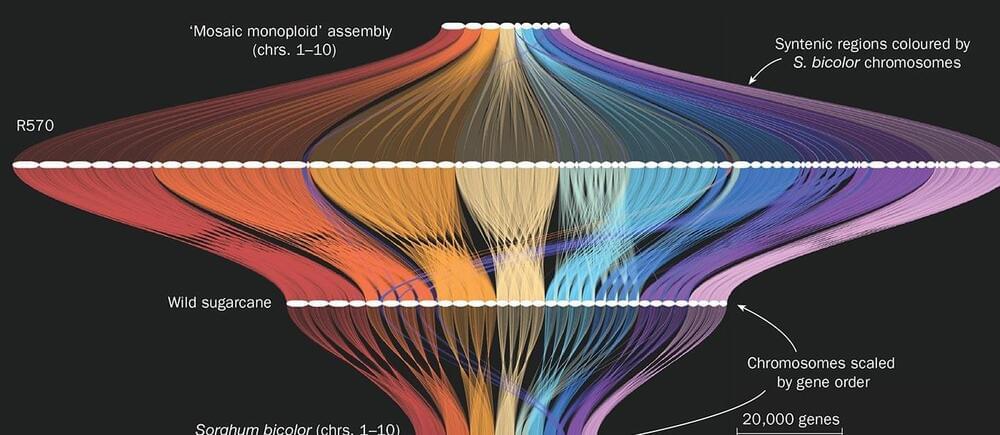Since ChatGPT debuted in the fall of 2022, much of the interest in generative AI has centered around large language models. Large language models, or LLMs, are the giant compute-intensive computer models that are powering the chatbots and image generators that seemingly everyone is using and talking about nowadays.
While there’s no doubt that LLMs produce impressive and human-like responses to most prompts, the reality is most general-purpose LLMs suffer when it comes to deep domain knowledge around things like, say, health, nutrition, or culinary. Not that this has stopped folks from using them, with occasionally bad or even laughable results and all when we ask for a personalized nutrition plan or to make a recipe.
LLMs’ shortcomings in creating credible and trusted results around those specific domains have led to growing interest in what the AI community is calling small language models (SLMs). What are SLMs? Essentially, they are smaller and simpler language models that require less computational power and fewer lines of code, and often, they are specialized in their focus.

